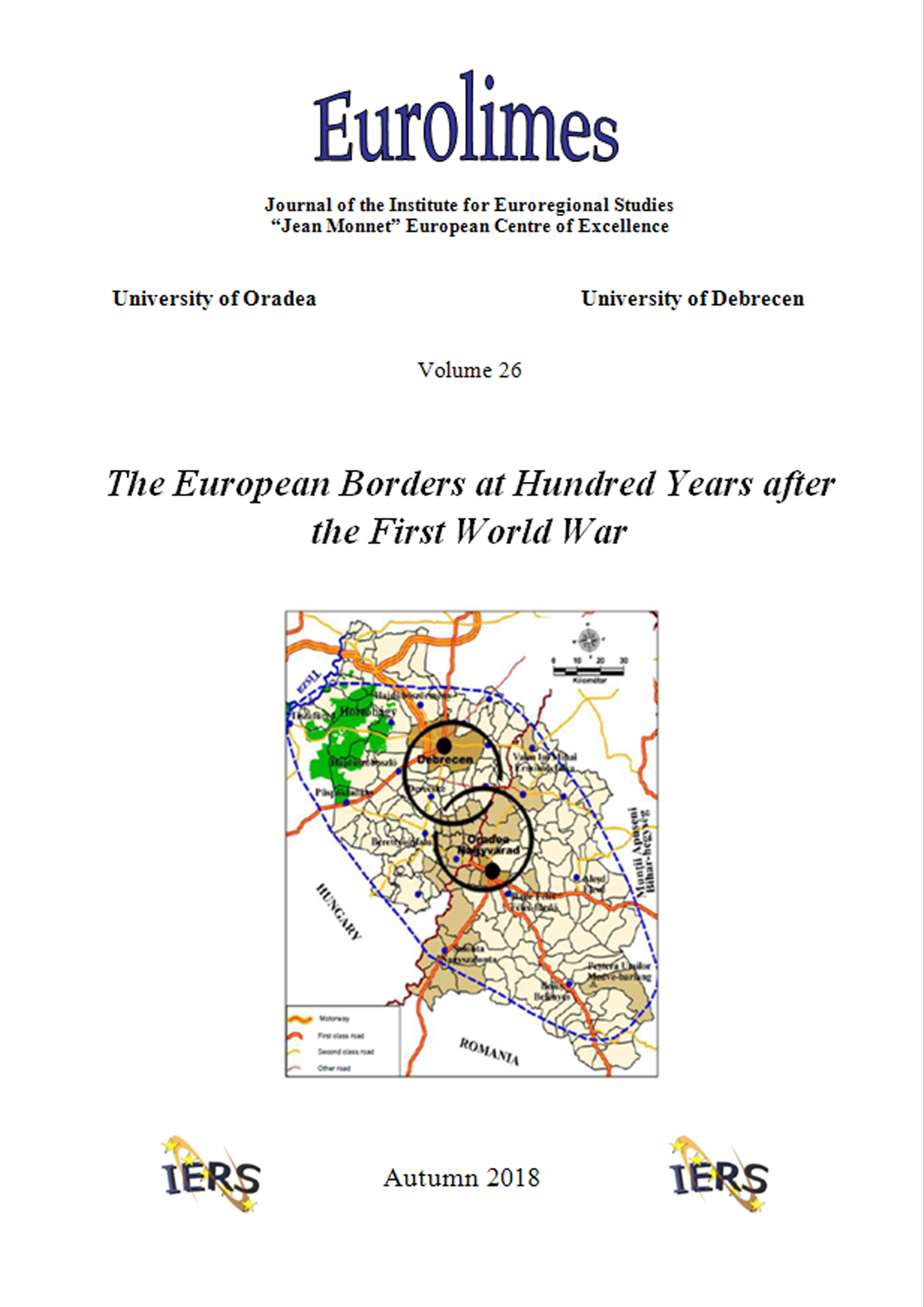Recovery or Discovery? Models and Motives of Cross-border Co-operation along the Eastern Border of Hungary after 1989–1990
Recovery or Discovery? Models and Motives of Cross-border Co-operation along the Eastern Border of Hungary after 1989–1990
Author(s): Klara CzimreSubject(s): Politics / Political Sciences, Geography, Regional studies, Regional Geography, Political Sciences, Governance, Geopolitics
Published by: Editura Universitatii din Oradea
Keywords: cross-border co-operation; transformation; EU accession; cross-border model;
Summary/Abstract: The aim of the study is to look at the various forms of cross-border co-operations which were created along the Hungarian-Romanian border after the transformation period. The specific chronological evolution of cross-border co-operations provides the framework for the analysis. One of the most crucial aspects of the classification of cross-border co-operations is that they vary significantly in their nature. Therefore, the approach includes geographical, historical, local, regional, economic, social and human aspects leading to the creation of a complex model for the Hungarian-Romanian border region. The study compares the advantages and disadvantages of twin settlement relations, euroregions, EGTCs and project-based co-operations in order to find the most effective cross-border co-operation form. The decades after the change of regime are the years of recovery from the negative historical heritage and the years of discovery of new types of relations. The years of EU accession constitute very important milestones in this respect since more opportunities were opened for the two countries for more thorough co-operation. The study presupposes that the transformation years and the accession years were the chief drivers in this process culminating in the financially secured project-based cross-border co-operations. The model proposed for the Hungarian-Romanian border region therefore builds on elements related to border theories. How can the various cross-border co-operation forms affect border interpretation? How do they affect the dividing or connecting role of borders? What is the most effective method to overcome the negative aspects of borders? Which co-operation fields are the most relevant in the strengthening of cross-border co-operations? Who are the chief actors in this process? How do the two countries manage cross-border co-operations on the various (local, regional, national, and civil, institutional, governmental, political, etc.) levels? The author intends to provide a model based on the synthesis of the advantages and disadvantages of the various cross-border co-operation forms in the Hungarian-Romanian border region in order to find the most effective form of cross-border co-operation.
Journal: Eurolimes
- Issue Year: 26/2018
- Issue No: 26
- Page Range: 97-112
- Page Count: 16
- Language: English
- Content File-PDF

